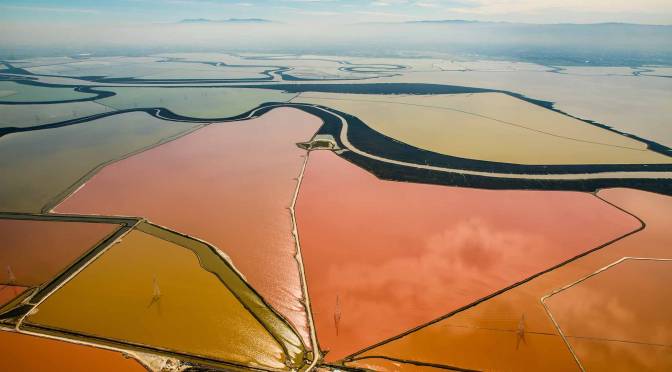It’s hard to watch Persepolis without thinking about the Bush Administration’s apparent itch to wage war on Iran. Even though the film, black and white — and animated — was produced in a manner that emphasizes the timelessness of its themes, one is greatly aware of the frame that has been set, at least in America, by which we ponder all things Iranian.
Persepolis is a personal account of Iran in the 1970s and ’80s, during the period when the Shah was deposed and Iran became engulfed in one of the first, and most visible (to American eyes, at least) modern, Islamic revolutions. The portrait of a society in transition from one oppressive regime to another, worse one is heartrending. It’s as if Marjane Satrapi’s memoir is a piece of propaganda; its release perfectly timed to tug our heart strings as American destroyers tangle with Iranian speed boats in the Strait of Hormuz. But, of course, that’s absurd.
Persepolis is gorgeous, personal and intimately connected to the history of film. Even though it depicts recent events that still reverberate so strongly, there is a timelessness to the film, a universality to the story of rebellion smothered. It looks like both a German Expressionist and an Italian Neo-realist film — two styles Satrapi mentions as influences. One can sometimes see Japanese Anime-inspired flights of fancy, or dark scenes that look as though Edward Gorey scratched in the background. A couple of times I even flashed on Rebel Without a Cause.
In one scene, young Marjane, wearing her signature “Punk Is Not Dead” jacket over her burka, is threatened by two vicious crones for not conforming to the strictures of Islam. Though she is a rebel, Marjane is also a wide-eyed innocent and this scene perfectly encapsulates the film’s bittersweet story of young hope crushed.
Once the Shah is deposed, Iran brims with the hope that his brutal regime will be replaced by a more democratic one. Certainly Satrapi’s relatives, who inhabit the upper middle class and are part of Iran’s intelligentsia, argue among themselves about the promise of a new government, taking to the streets in support of a people’s movement. The Satrapi family’s belief in the wisdom of “the people” is soon dashed when a national referendum replaces the monarchy with an Islamic theocracy, headed by the Supreme Leader, Ayatollah Khomeini.


